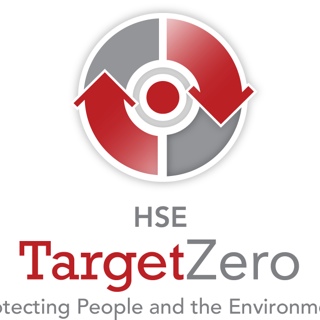Information
-
Project Name
-
Prepared by
-
Title
-
Project Manager
-
Conducted on
-
Add location
1. Personnel Safe Work Practices
-
a. Only authorized and trained personnel operating aerial lifts
-
b. Aerial lifts inspected by the operator prior to use
-
c. Lift controls tested by the operator each day prior to use
-
d. Personnel wearing full body harness with lanyard attached to boom or platform
-
e. Lanyards not attached to adjacent structures or equipment while in aerial lift
-
f. Personnel standing firmly on the floor of lift platform
-
g. Personnel remain in the platform at all times and do not climb to adjacent structures
2. General
-
a. Standard guardrail or equivalent protection provided on lift platform
-
b. Aerial lifts provided with upper and lower controls.
-
c. Lower controls operated only with permission of personnel in lift, unless emergency
-
d. Lift controls properly marked and legible, and capacity rating posed on lift
-
e. Modifications to aerial lift certified in writing by manufacturer
3. Aerial Lift Positioning
-
a. Aerial lifts positioned on firm, level surface with brakes set
-
b. Wheel chocks used on inclines
-
c. Outriggers positioned on solid surfaces or cribbing when used
-
d. Safe clearance distance maintained while working near overhead powerlines
-
e. Safe clearance distance maintained while travelling under overhead powerlines
-
f. Aerial lifts not moved when boom is elevated and personnel are working in platforms
-
g. Boom is properly cradled and outriggers stowed prior to moving aerial lift for travel
4. Aerial Lift Operation
-
a. Safe operating manual should be available for review and use by aerial lift operators
-
b. Aerial lift operators know boom and basket load limits and do not exceed them
-
c. Aerial lift platforms are free of slippery conditions
-
d. Personnel not standing or working below aerial lift operations
-
e. Warning signs or barricades provided under aerial lift operations
-
f. Counterweight swing radius barricaded or flagged
-
g. Aerial lifts not being used as cranes
-
h. Platforms free of attachments such as cables, wires, chains, or ropes
-
i. Aerial lifts not operated in winds exceeding 20 miles per hour
-
j. Platform foot switch physically operated and not mechanically blocked or by-passed
-
k. Insulating portion of aerial lift is not altered in any manner
-
l. Aerial lifts used indoors have exhaust properly vented to control carbon monoxide exposure
Corrective Action Taken
-
Corrective actions & dates corrected
-
Signature














